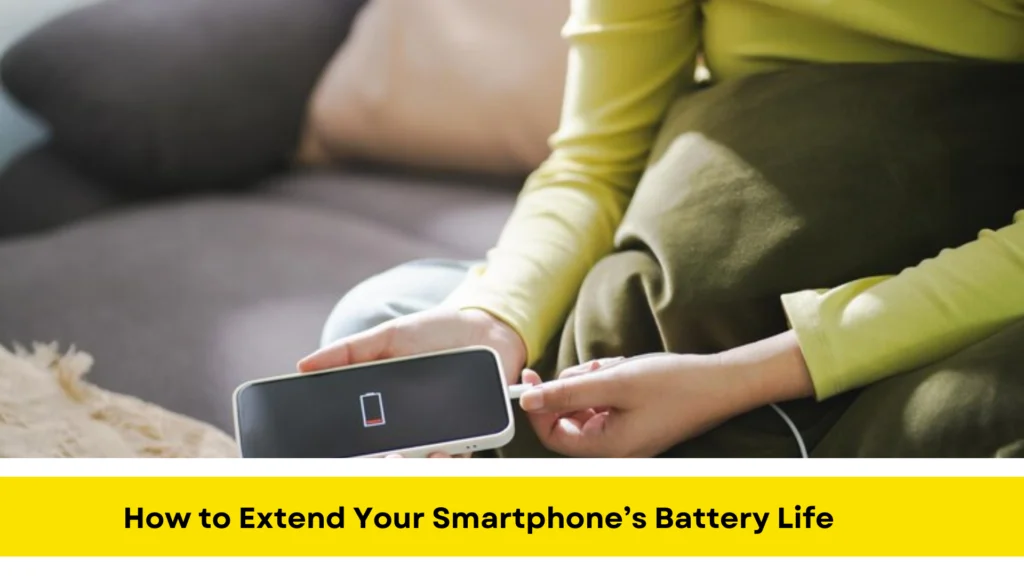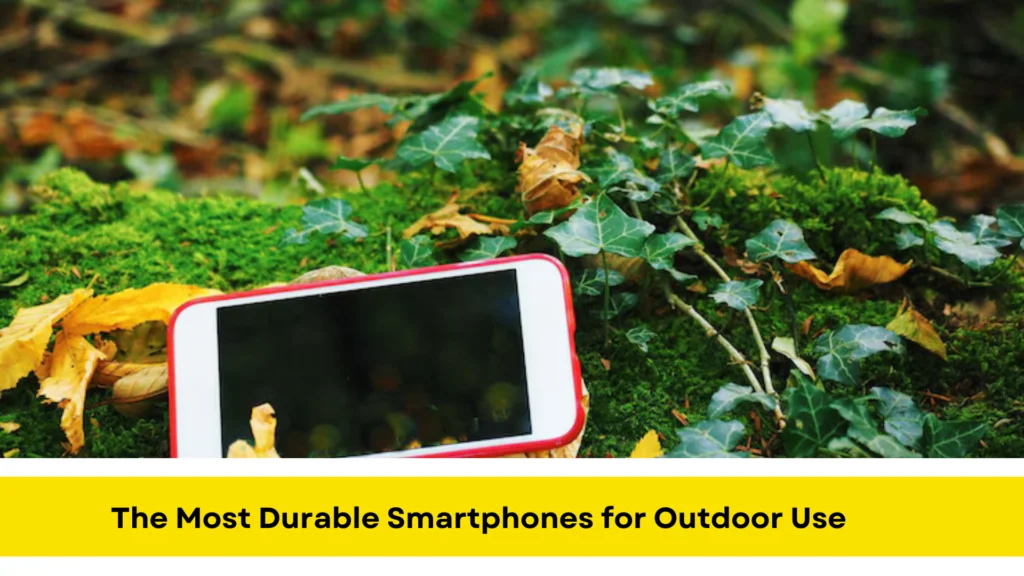How to Extend Your Smartphone’s Battery Life. The first problem with a device is that its battery wears out. When the battery on their smartphone starts to run low, people are quick to get a new one. You may not have thought about it, but how you use your phone might affect how long the battery lasts. Here are some things you can do to make your battery last longer. In this day of frequent internet use, keeping the battery life of our smartphones is quite important. You can get the most out of your phone and make the battery last longer by following these recommendations.
We will provide you precise advice and strategies to help you avoid frequent mistakes and be able to work long-term, whether that means sticking to a medium charging schedule or managing activities that use a lot of energy. As a user, you can better alter your settings and make your smartphone use less energy if you know which apps and functionalities use the most energy. That should provide you a good starting point for making smart choices about how to use your battery without affecting how well the device works.
Limit Energy-Consuming Tasks

These are some of our ideas for making your phone’s battery last longer. They aren’t all of them. The old idea of How to Extend Your Smartphone’s fully discharging and charging your battery to make it last longer doesn’t work with modern lithium-ion batteries. People now know that batteries work best when they are charged between 20 and 80 percent. Why should someone be careful with charges? This is because lithium-ion batteries don’t have the memory effect that nickel-cadmium batteries did. If you fully charge and then discharge batteries, they may not last as long.
You should charge your phone when it gets to approximately 20% and unplug it when it gets to about 80%. Don’t overcharge, as this can put too much stress on the battery. It is no longer true that batteries need to be drained before they can be recharged. Lithium-ion batteries, on the other hand, should be charged in parts. Smarter charging: some smartphones include a mode that automatically changes the charging cycle based on a number of factors. Check your phone’s settings to see how these options can boost your battery. Lower the charge: How to Extend Your Smartphone’s
Keep the Software Up to Date

It’s normal to fully charge your phone, but this can put a lot of stress on the battery. You can save battery life in the long run by setting some models to stop at roughly 80%. Some phones can convert to a special power-saving mode while they are charging. This is one way they save energy. These settings can make the battery last longer by using less energy and cutting down on the number of processes. Adaptive charging: If you can find it, look into it so you can get the most out of your charge by changing the rate based on things like the temperature around you.
Always use chargers that work with your smartphone and have the right amount of juice. Overheating and fast charging: Fast charging is always good, but it can also cause the battery to get too hot. Don’t charge too quickly or when it’s hot outside. If you want to use wireless charging, make sure the phone and charger work with each other. A wireless charge that isn’t set up correctly could cause more heating. Don’t use chargers that haven’t been approved; instead, use the ones that came with your phone. Chargers that aren’t permitted can not give the right voltage and current, which could damage the battery. The company that makes software and updates: How to Extend Your Smartphone’s
Avoid Extreme Temperatures

You should download and install any upgrades to your phone’s software that the maker releases. Some of these upgrades can involve specific changes that are meant to make the system use less energy. Look for new versions and don’t rush to update your phone. Read user reviews to be sure that an upgraded version of your program won’t hurt your battery life. It’s best to wait for good ratings before updating at times. Application optimization: App optimization is a part of software updates that makes an app work better so that it can use the battery more efficiently.
greater energy management: Some firms are also giving their customers greater energy management alternatives by updating their software. These options let them control how much energy they use. Control background apps: Turn off apps that update automatically and close any apps that are running in the background every so often. Turn off programs that use a lot of resources: Games with complicated graphics, for example, can deplete the battery faster than they need to. Stop them from working or only let them work for a short time. Lower the brightness:
Smart Settings to Save Your Phone’s Battery Life

Set the screen brightness to a lower level because a brighter screen uses more electricity. Also, if your phone has an AMOLED screen, use dark wallpapers. Turn off features you don’t use: You don’t need all of them on all the time. For example, turn off your GPS, Bluetooth, and Wi-Fi when you’re not using them. Limit how often data is automatically synced: limit how often social networks and email automatically sync data. Updates that are done by hand or on a timetable should come first.
We will provide you precise advice and strategies to help you avoid frequent mistakes and be able to work long-term, whether that means sticking to a medium charging schedule or managing activities that use a lot of energy. As a user, you can better alter your settings and make your smartphone use less energy if you know which apps and functionalities use the most energy. That should provide you a good starting point for making smart choices about how to use your battery without affecting how well the device works.



